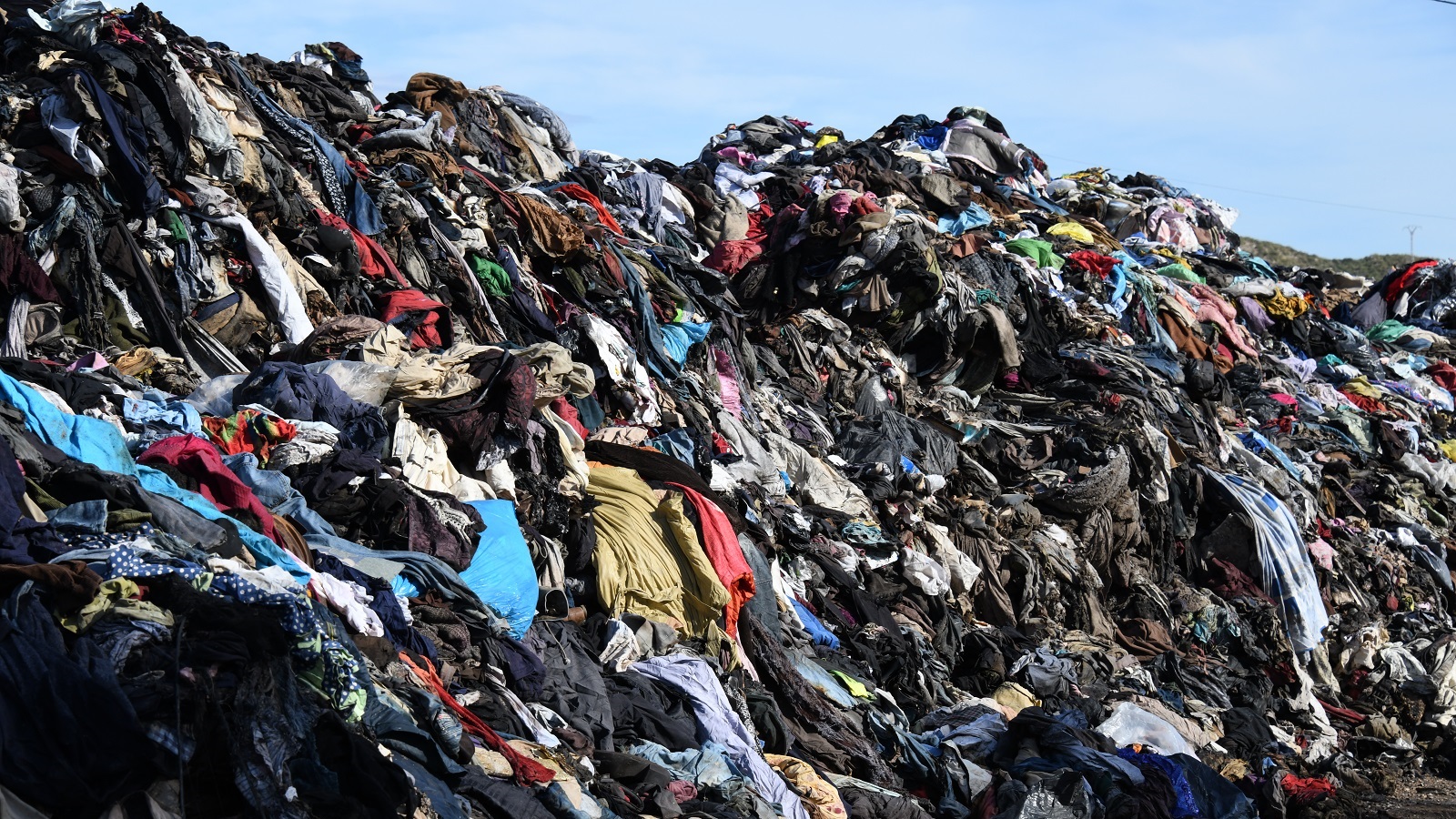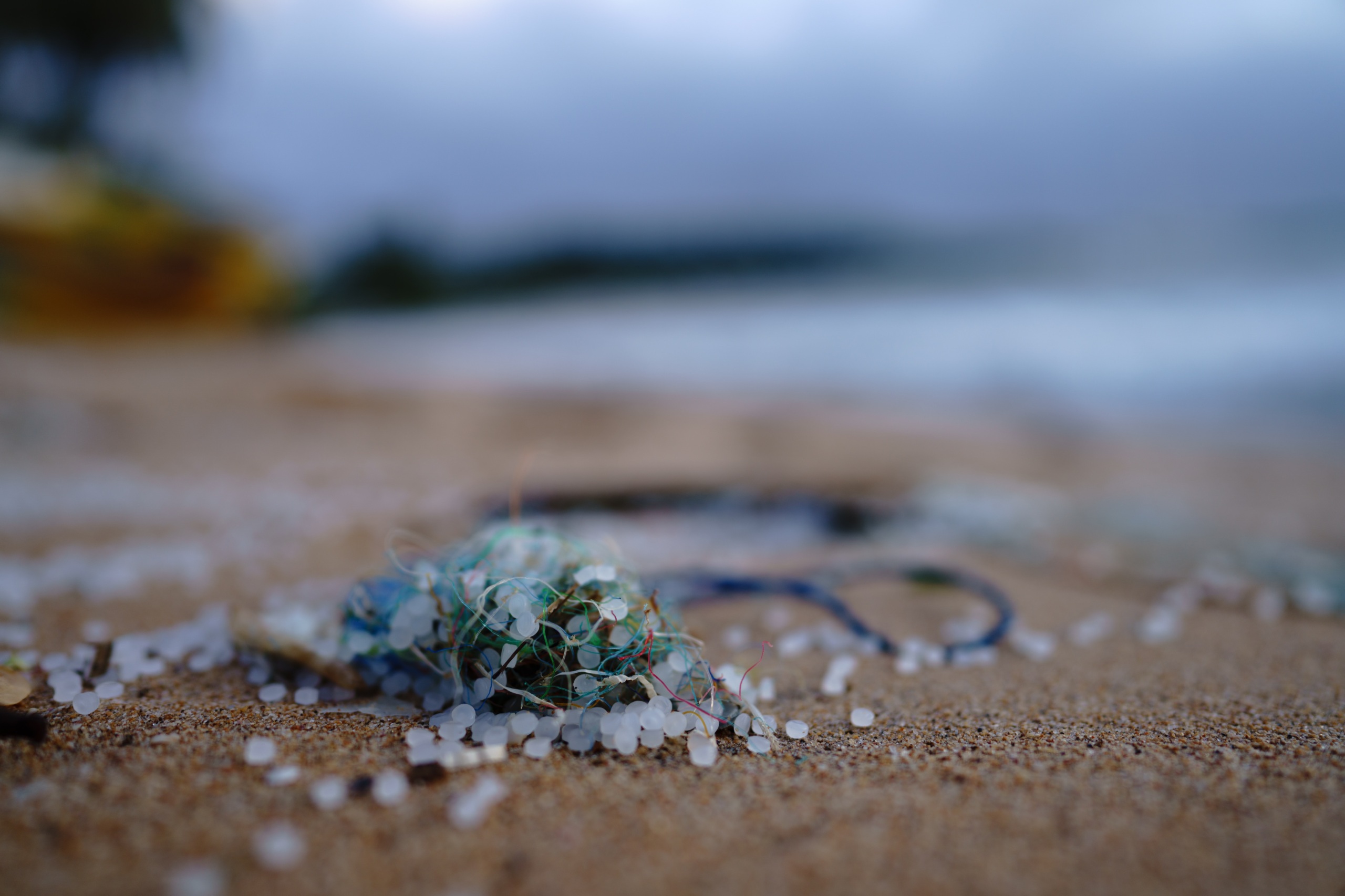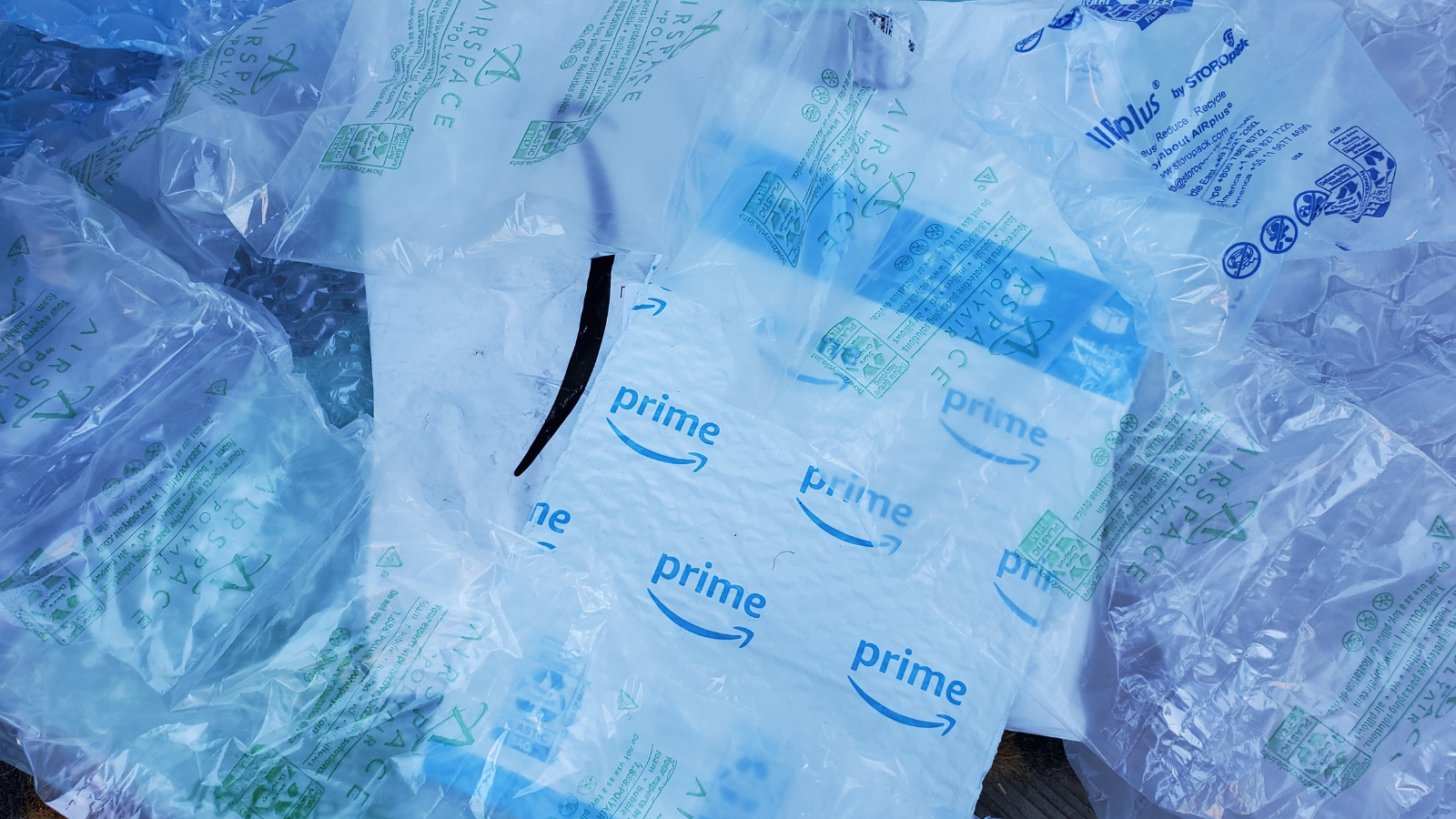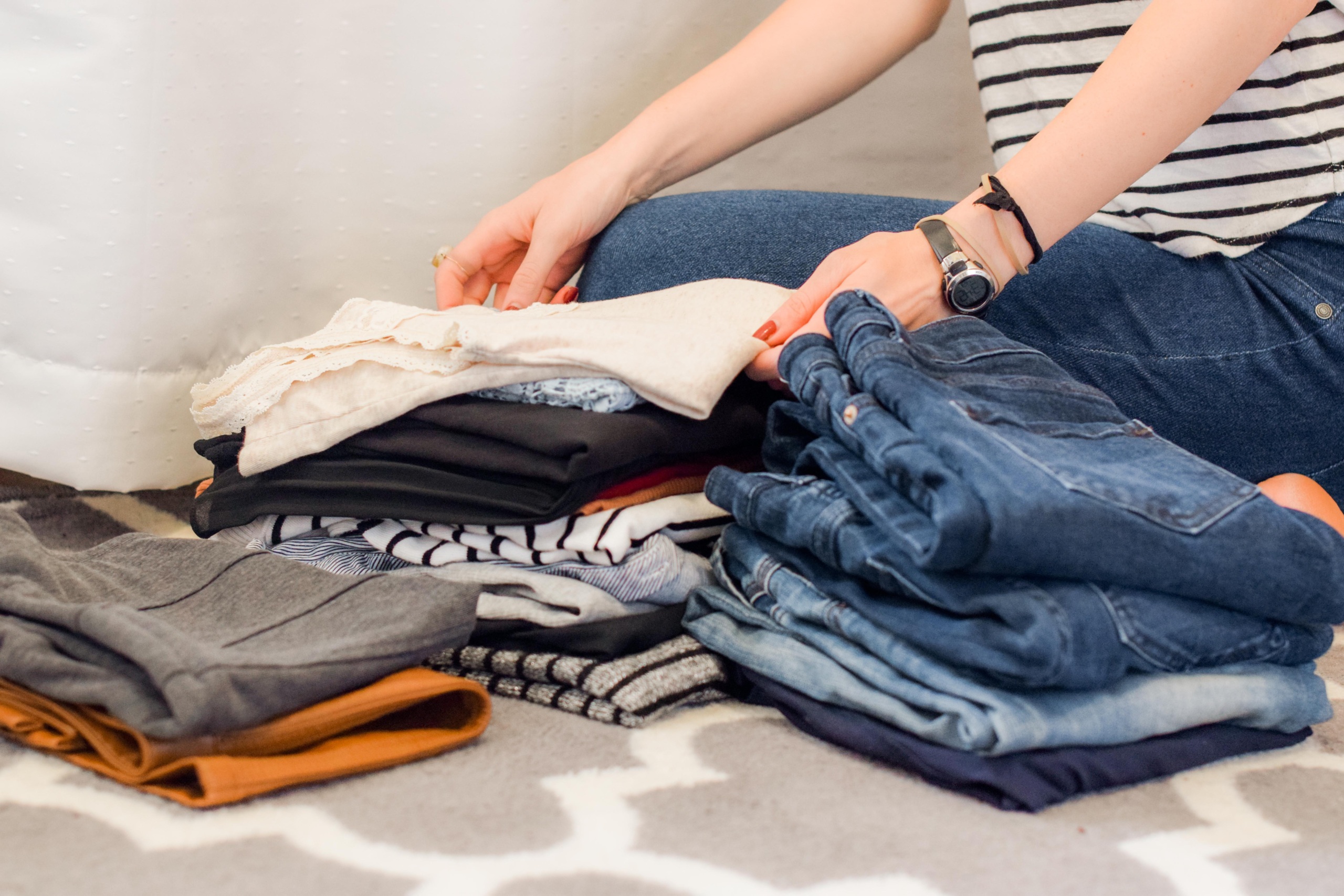
Fashion tips: How to dress more sustainably and reduce your environmental impact
Fast fashion clothing companies are making more clothing than we can wear– and it's having a huge impact on the planet. Here are some tips for making your wardrobe more sustainable.
In the United States, we generate enough textile waste to fill the Mall of America — the largest shopping mall in the country — every six days. Millions of the clothing items that end up as waste are never even worn.
We’re calling on fast fashion companies like Forever 21 to commit to ending the wasteful practice of overproducing clothing then destroying overstock. Please add your name to our petition.
As consumers, we can use our power to call on these companies to change, while also reducing our own environmental impact.
Here are some tips for making your wardrobe more sustainable:
Reduce and Re-wear
Despite what pervasive advertisements or social media influencers might have you believe, you don’t actually need to buy new clothes all the time. Opting out of buying new clothes is one of the most powerful ways you can reduce fashion waste. As an added bonus, not buying new clothes may encourage you to wear some items of clothing that are in your closet that you haven’t worn recently and/or keep your clothes in use for longer.
Reuse
Thrift stores, vintage shops, yard sales and online secondhand marketplaces are tried and true ways to find second hand clothing. But another way that people have refreshed their wardrobe with used clothes is by organizing a clothing swap. A clothing swap is where people gather and bring some of the clothes, shoes and accessories they no longer wear (but that are still in decent shape) and trade them with other people. That way, you can get new-to-you clothing without having to spend any money. This is especially great if you have friends and family with similar fashion senses.
Repair
Consider repairing your existing items to get some extra life out of them instead of buying new. Visible mending gives you the opportunity to give your clothes their own unique style. You can also find a lot of repair guides and tutorials on iFixit or YouTube.
Recycle
One way you can get rid of your old clothes is by recycling them. You can search for “[your city] textile recycling” to see if your city offers any recycling services. You can also spend some time repurposing old clothing into other household items like a pillow, quilt, reusable shopping bag or rag.
Resell
There are a lot of ways you can resell your clothing. You can go to a local consignment shop or higher end thrift store or you can find an online clothing resale shop. Popular sites include thredUp.com, poshmark.com, swap.com and ebay.com, but there are a lot of others as well. Do some research into each one and figure out what will work best for you. If you don’t want to go through the process of reselling your clothes, you can also donate them to a thrift shop and/or a charity.
Research
As consumers, we have a lot of power. Where you spend your money can help determine how companies operate. So before buying new clothing, do some research about the company to see their environmental track record and decide whether or not you want to support them.

What’s the problem with fast fashion?
Topics
Authors
Janet Domenitz
Executive Director, MASSPIRG
Janet has been the executive director of MASSPIRG since 1990 and directs programs on consumer protection, zero waste, health and safety, public transportation, and voter participation. Janet has co-founded or led coalitions, including Earth Day Greater Boston, Campaign to Update the Bottle Bill and the Election Modernization Coalition. On behalf of MASSPIRG, Janet was one of the founding members of Transportation for Massachusetts (T4MA), a statewide coalition of organizations advocating investment in mass transit to curb climate change, improve public health and address equity. Janet serves as Chair of the Board of Directors for the Consumer Federation of America and serves on the Common Cause Massachusetts executive committee, Alliance for a Healthy Tomorrow board of directors, and Department of Environmental Protection Solid Waste Advisory Committee. For her work, Janet has received Common Cause’s John Gardner Award and Salem State University’s Friend of the Earth Award. Janet lives in Cambridge, Massachusetts, with her husband and two sons, and every Wednesday morning she slow-runs the steps at Harvard Stadium with the November Project.
Celeste Meiffren-Swango
State Director, Environment Oregon
As director of Environment Oregon, Celeste develops and runs campaigns to win real results for Oregon's environment. She has worked on issues ranging from preventing plastic pollution, stopping global warming, defending clean water, and protecting our beautiful places. Celeste's organizing has helped to reduce kids' exposure to lead in drinking water at childcare facilities in Oregon, encourage transportation electrification, ban single-use plastic grocery bags, defend our bedrock environmental laws and more. She is also the author of the children's book, Myrtle the Turtle, empowering kids to prevent plastic pollution. Celeste lives in Portland, Ore., with her husband and two daughters, where they frequently enjoy the bounty of Oregon's natural beauty.
Find Out More

Ditch plastic packaging: Shop at your local refillery

Millions of tiny plastic pellets are being dumped into our waterways

Turning plastic waste into plastic lumber isn’t recycling



